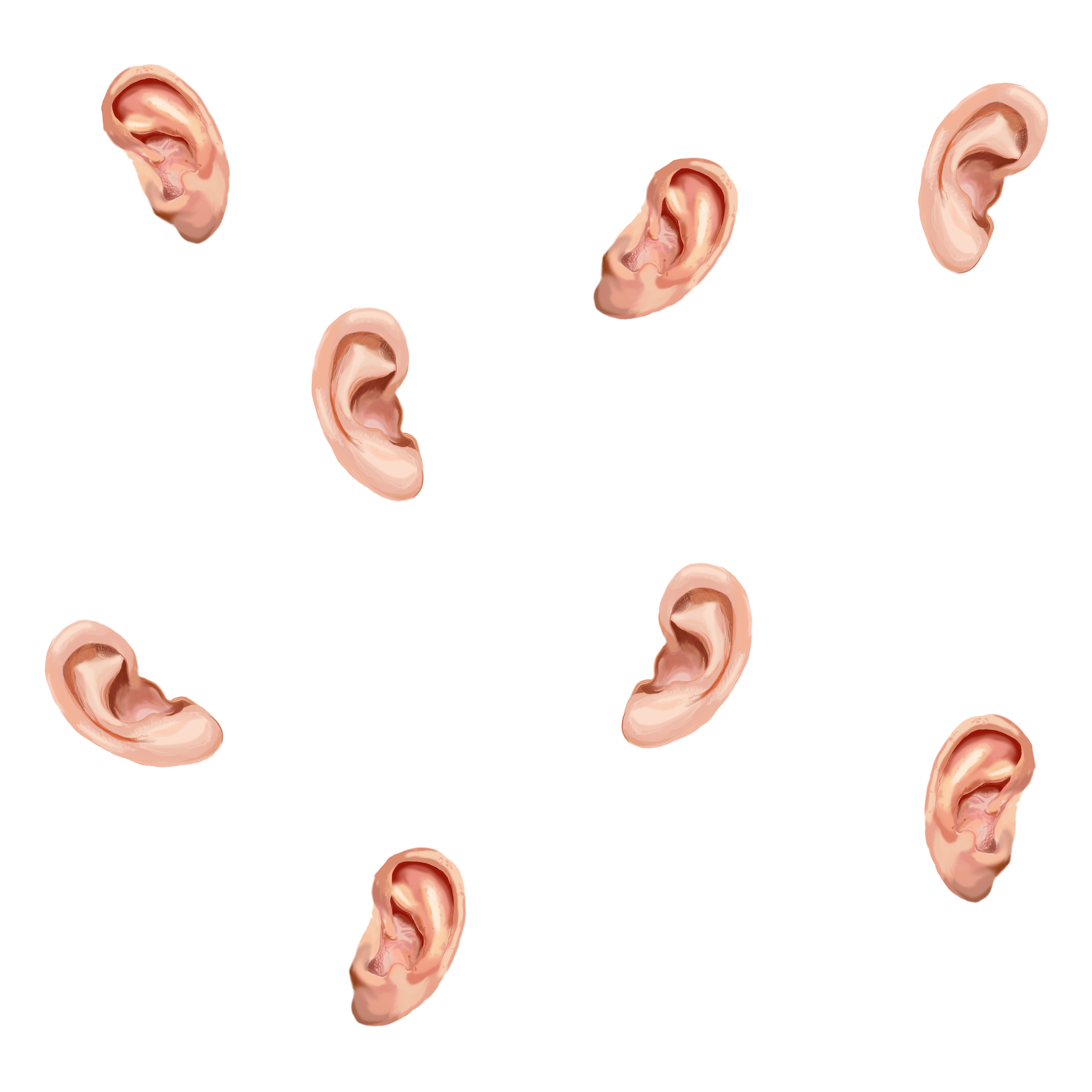By Meg McKenna | @MegMcKenna97
Autonomous Sensory Meridian Response—or ASMR—is something of a modern phenomenon, a wonder that would never have been discovered without the joys of the Internet and its forums. It’s a sensation that not everybody experiences—an unorthodox, pleasurable tingling in various parts of the body. Those who have felt it claim it to be a sort of ‘brain orgasm’. Usually it will emerge in the scalp, and continue down through the neck, shoulders, arms, and legs.
ASMR is thought to occur in response to various acoustic and visual stimuli. The most popular triggers include receiving personal attention, the sounds of whispering, tapping, or scratching, and the sight of people focusing deeply while completing a certain task.
Despite the fact it’s relatively unknown in most circles, punching ‘ASMR’ into Google’s search bar will generate 18 million results. You’ll also find 6 million related YouTube videos. Each ASMR channel on YouTube has different ways of attempting to trigger their audience, with role-play being one of the most common. For example, they’ll put on a lab coat and stethoscope and act as a doctor giving you an exam, or they’ll make sure their hair looks stylish, whack on some bright lipstick, grab a pair of scissors and pretend to be the owner of a salon, giving you a trim.
Some even deck themselves out as full-blown characters—from Thor to Salvador Dali—and carry out a task relating to that character. In contrast to the instant gratification we’re used to online, each video is quite long, with the average ASMR clip running for half an hour. Some go for as long as 10 hours.
At first glance, the videos exude a strong sense of intimacy, even to the point of flirtation – but that isn’t usually the objective. However, due to their intention of provoking euphoric sensation through soft whisperings, stimulating sounds and fantastical role plays, many outsiders have associated ASMR with sexual arousal. This is a common misconception; a study conducted by Swansea University showed that only 5% of ASMR consumers were reported to have used the videos for sexual stimulation. But with the steady growth of the community in the last few years, the demand for sexual ASMR has increased.
Paul runs the YouTube channel Ephemeral Rift and says he’s felt ASMR his entire life. “It’s like goosebumps, but instead of that often uncomfortable shiver, it’s almost like a pleasant electric current running through your skin.” Once Paul was introduced to ASMR, he went from a viewer to a content creator in a matter of weeks. Today, Ephemeral Rift has nearly 300,000 subscribers and over 100 million views. The videos are littered with comedy and theatrics. Whether he’s chatting about upcoming movies, doodling on a chalkboard or portraying an elf in Santa’s workshop, it’s clear that he puts a lot of effort into his works. “I enjoy the creative process, and I hope in turn that at least one person enjoys whatever it is I do.”
No matter how many videos I’ve sat through however, I can’t understand how people enjoy immersing themselves in these strange, sensory scenarios. I’ve tried to watch, listen and feel any type of tingle, pleasure, or even just relax, but almost every ASMR video I’ve seen is so bizarre that it’s made me feel uncomfortable or frustrated. The slowness of their actions, the pointless tapping of inanimate objects, soft-spoken voices with their wet mouth sounds. It’s perplexing, it’s strange, and it irritates me. Perhaps it’s because I know that people are watching this and loving every second of it, and I cannot grasp that sensation for myself.
Paul agreed in saying that not everyone feels the effects of ASMR. “I personally think it may have to do with some people being more sensitive than others, meaning their nervous systems are more sensitive as well.”
The field of ASMR is relatively new, and there has been little scientific study around the subject. Although the term Autonomous Sensory Meridian Response may sound like it’s from an old textbook, it was actually coined by an IT professional in 2010. Before then, enthusiasts called it ‘The Unnamed Feeling’. Some scientists even question whether ASMR is a tangible and measurable concept, despite the endless anecdotal accounts of the sensation. From the few studies that have been done, the effect ASMR has had on people has been overwhelmingly positive. Emma Barratt and Nick Davis conducted a survey in 2014 exploring to what degree ASMR could be used to ease symptoms of depression and chronic pain. They found 69% of the participants with depression reported a mood improvement, and there was a significant difference between chronic pain before versus during a session.
Much like the effects of meditation, ASMR seems to have a positive impression on the mind and body, and while we’re yet to know all the scientific reasoning behind this curious phenomenon, the future’s looking bright. People are learning more about their bodies and brains, and triggering techniques are becoming more precise and elaborate.
Perhaps, in the near future, we’ll be downloading tapping, crackling, and whispering records off iTunes, or playing intensive ASMR-themed games while geared up in virtual reality headsets. But for now, ASMR remains tucked away in a crook of the Internet, explored only by those with an interest in – or a curiosity for – brain orgasms.
If this surreal sensation seems too bizarre to comprehend, go online and see for yourself. It may just give you the tingles.


